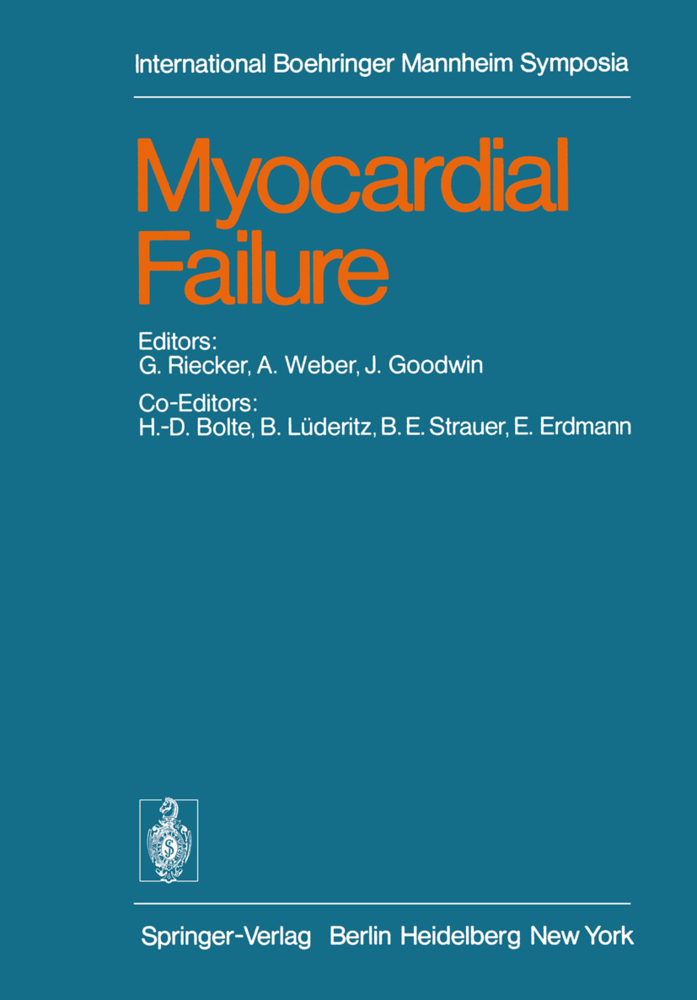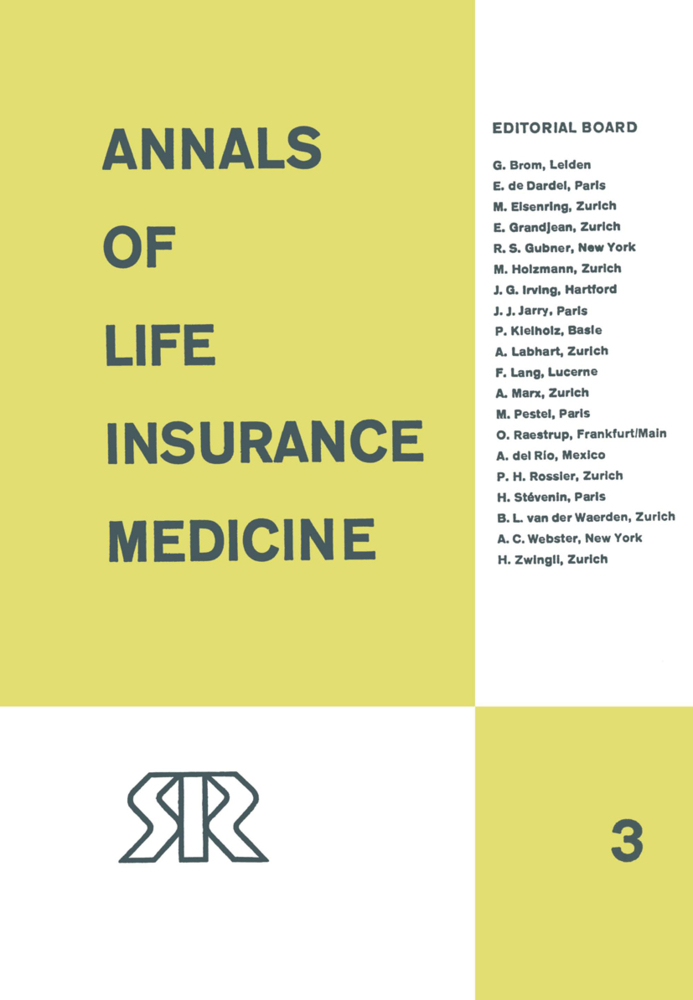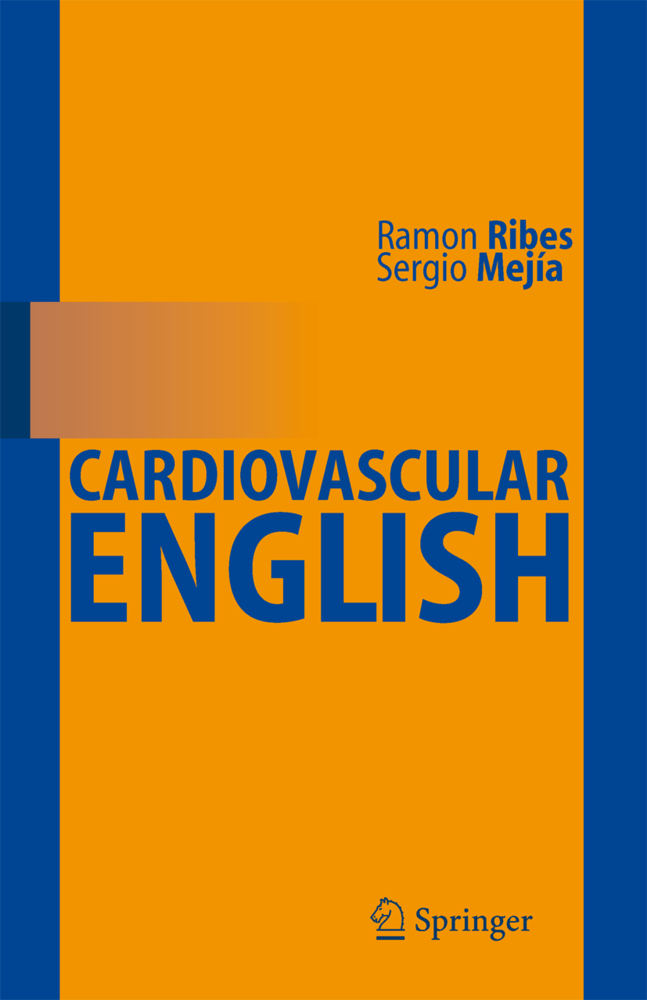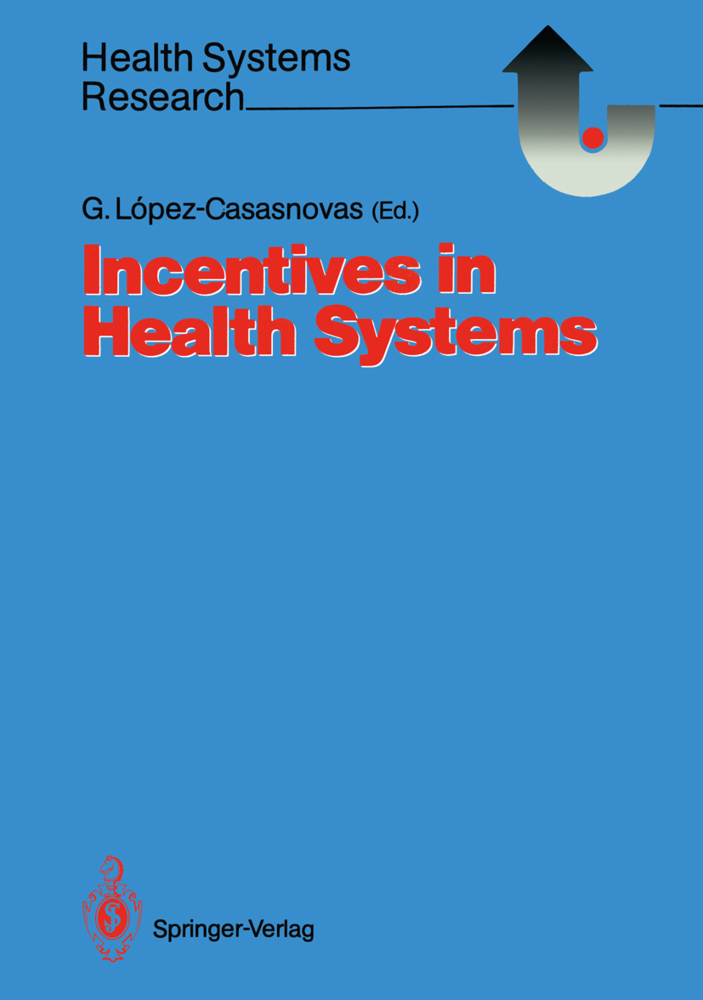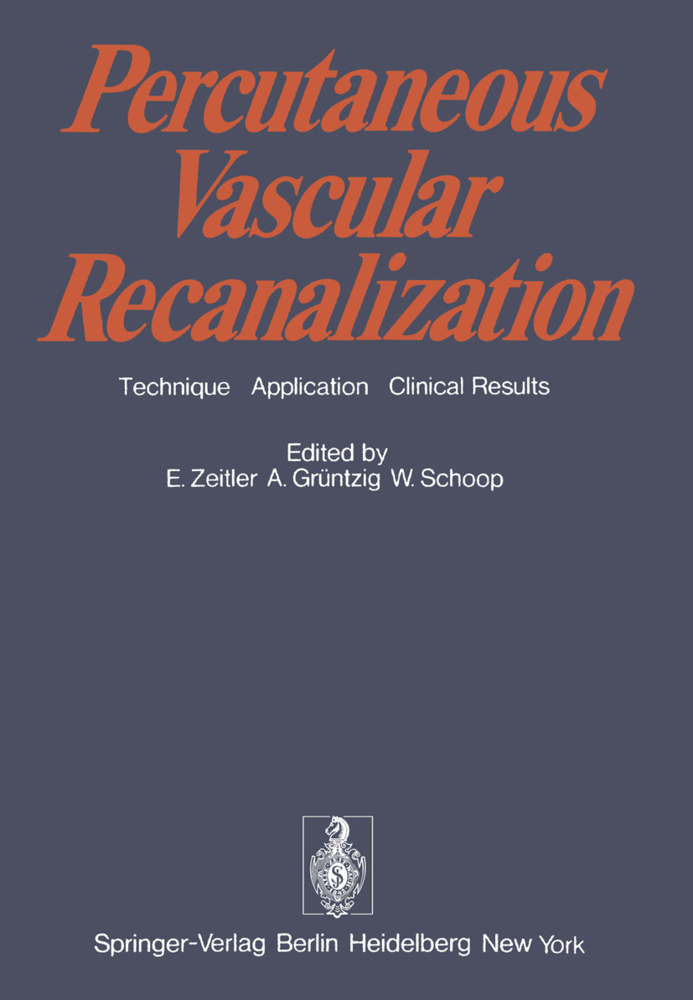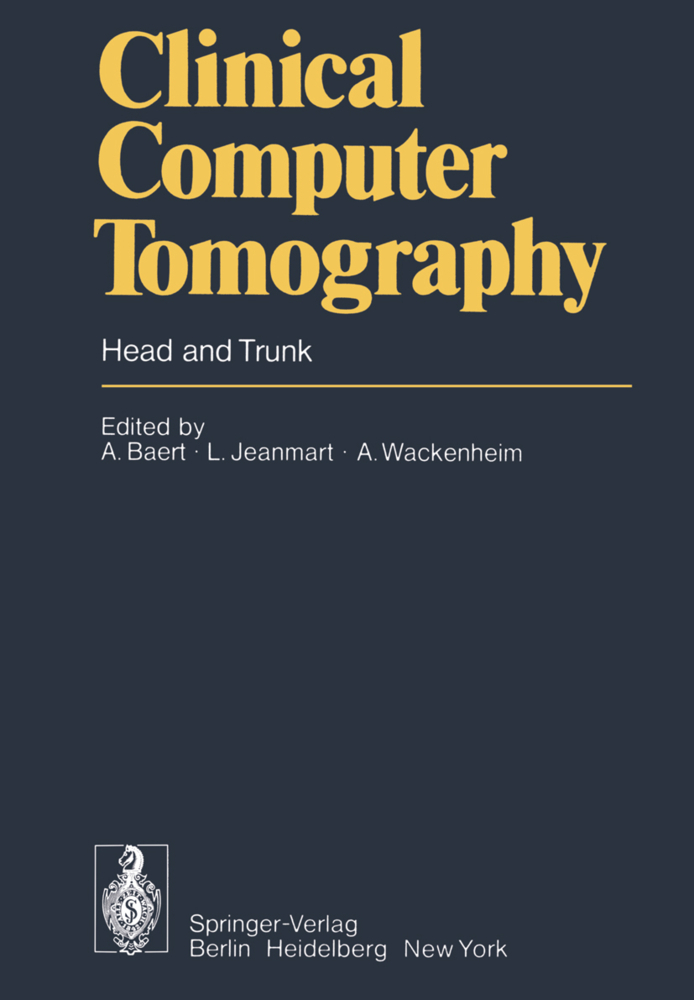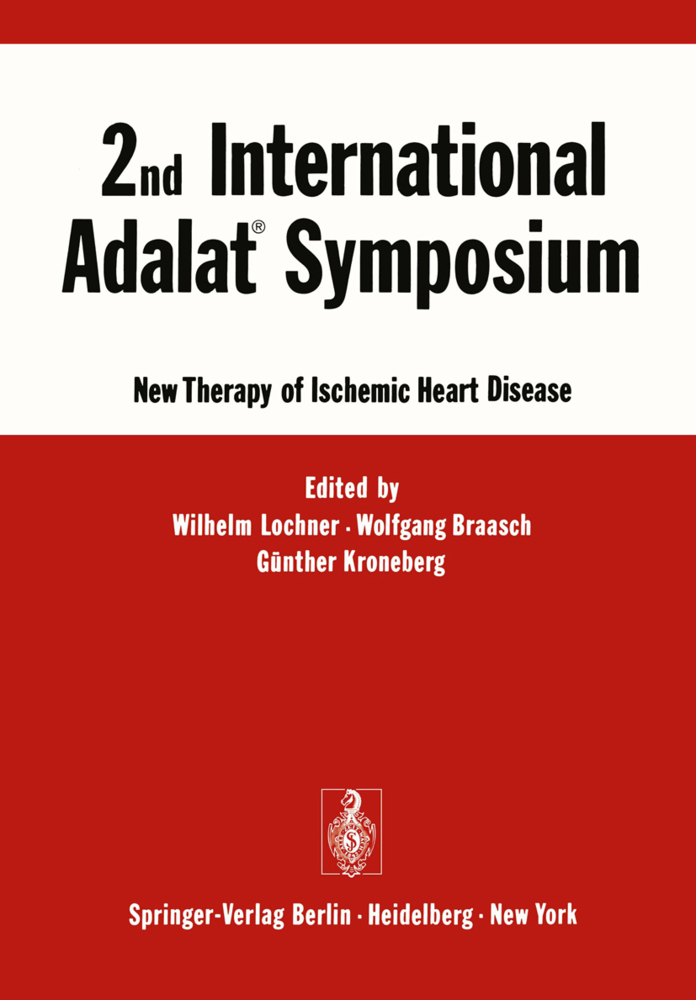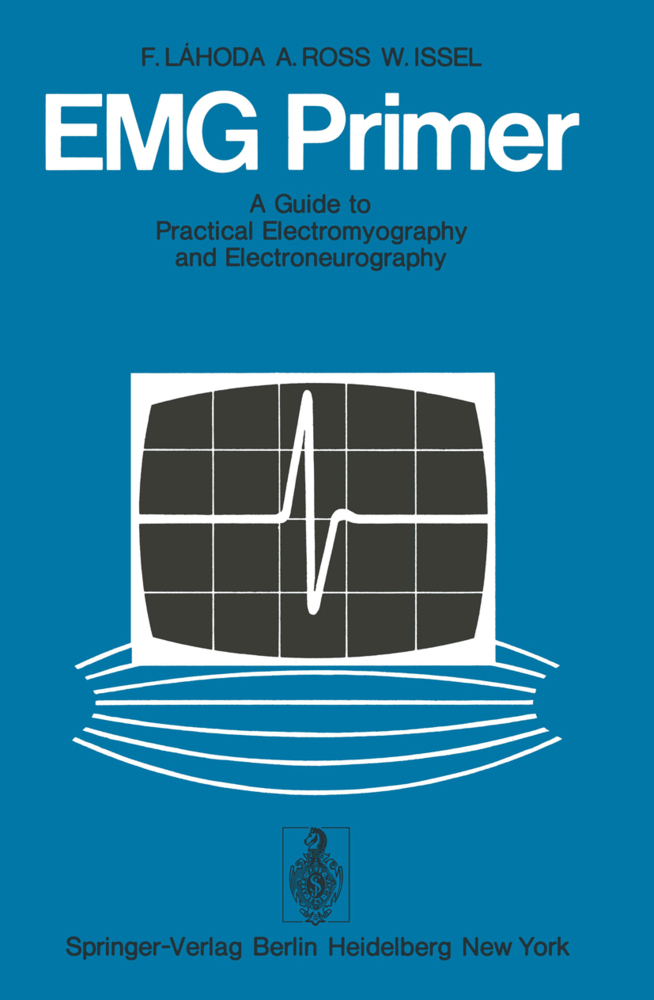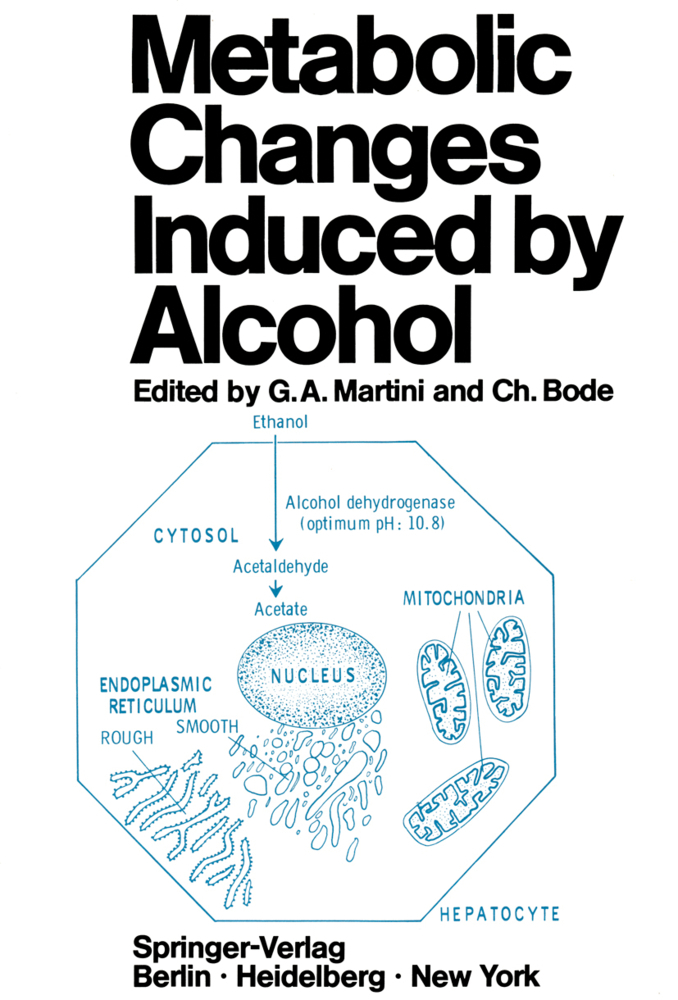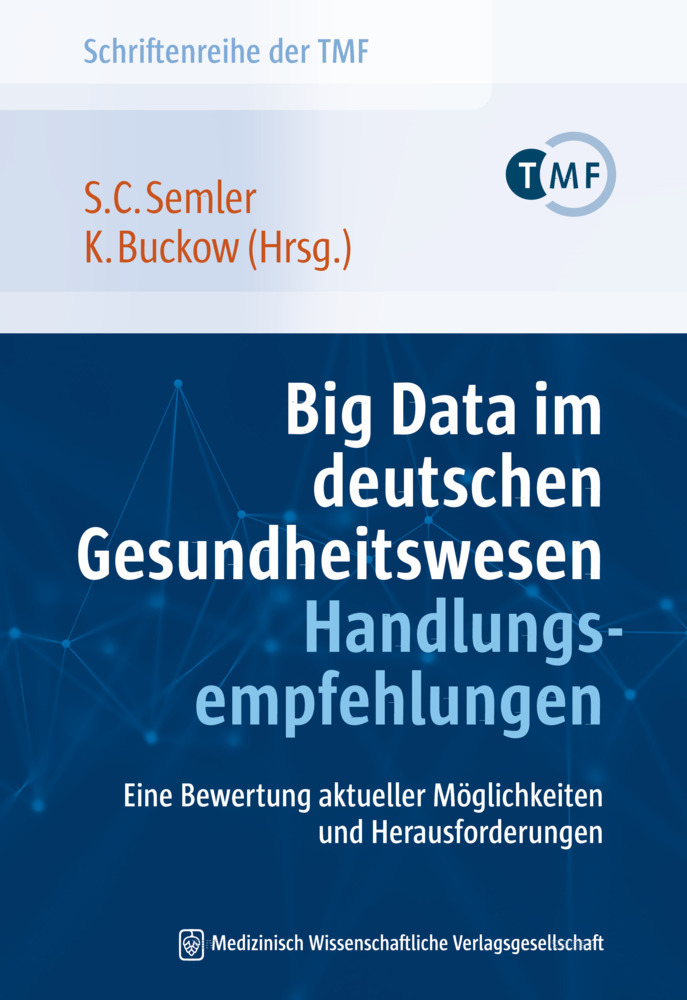Myocardial Failure
International Symposium, Rottach-Egern/Tegernsee, Germany, June 17-19, 1976
Myocardial Failure
International Symposium, Rottach-Egern/Tegernsee, Germany, June 17-19, 1976
More than 10 years have passed since the memorable symposium on "Myocardial Contractility," edited by R. D. Tanz, F. Kavaler and J. Roberts (New York and London, Academic Press, 1967). PathogeneSis of myocardial failure still involves many questions. The latest scien tific findings on fundamentals of myocardial contraction encouraged us to organize this international symposium held in Rottach-Egern at Tegernsee (Germany), June 17 to 19, 1976 sponsored by the European Society of Cardio~ogy. It seemed appropriate to assemble prominent workers in this field in an attempt to correlate their respective in formation on cardiac function. In this connection it must be remembered that our present understand ing of the cardiovascular system and today's therapeutic and preventive measures are the fruits of yesterday's research. Further progress in this field will be conditioned by various circumstances: to win highly motivated creative people for clinical research, to mediate time and contacts for their learning new methods, and to provide adequate faci lities for scientific work in our hospitals. Therefore, the aim of the conference was to discuss those aspects of myocardial failure, that are believed to require further studies in the future by integrated efforts of research workers in several disciplines, especially to promote the pertinent exchange of ideas between basic and clinical research.
Introductory Remarks
The Structural Basis of Contraction in Muscle and Its Study by Rapid X-Ray Diffraction Methods
The Myosin Cross-Bridge as Revealed by Structure Studies
Myosin-Linked Regulation: A Chemical Approach
Myocardial Cross-Bridge Activity and Its Regulation by Ca++, Phosphate and Stretch
Myosin Characteristics and Immunological Properties of Myocardial Tissue
Concluding Remarks
2. Sarcoplasmatic Reticulum
Introductory Remarks
Relation of Calcium Permeability to the Ca++ Concentration Gradient Across the Sarcoplasmic Reticulum
Calcium Binding and Cardiac Myofibril Activation
Cyclic Nucleotides and Cardiac Contractility
3. Membrane-Bound Receptors
Introductory Remarks
Biochemical Characteristics of the Sodium Pump: Indications for a Half-of-Sites Reactivity of (Na+ + K+)-ATPase
Receptor for Cardiac Glycosides
Adenylate Cyclase Regulation and ?-Adrenergic Receptors in Guinea-Pig Myocardial Tissue
The Role of the Mitochondrial Adenine Nucleotide Transport in Heart
Session II. Clinical Aspects of Myocardial Failure
1. New Diagnostic Procedures
Introductory Remarks
Myocardial Biopsy Techniques
Cellular and Subcellular Morphology of Biopsy Material
Ultrastructure of Degenerated Muscle Cells in Patients With Cardiac Hypertrophy
Humoral and Cellular Studies in Diseases With Heart-Reactive Antibodies
Relationship Between Pulmonary Artery Pressure and Echocardiographic Mitral Valve Closure in Patients With Acute Myocardial Infarction
Echocardiographic Evaluation of Myocardial Performance During Infusion of Angiotensin and Handgrip-Exercise
2. Problems of Etiology and Classification
Introductory Remarks
Classificationand Natural History of Primary Cardiomyopathies
Myocardial Lesions in Cardiomyopathies
Cardiomyopathies Related to Immunological Processes
Metabolic Heart Disease With Special Reference to Carbohydrate Metabolism in Health and Disease
Session III. Clinical Pharmacology
1. Usefulness of Cardioactive Agents
Introductory Remarks
Contraction and Relaxation of Heart Muscle as Influenced by cAMP, Isoproterenol, Glucagon, Ouabain, and Calcium
Direct Effects of Diuretic Drugs on the Myocardium
Circulatory and Contractile Effects of Thyroid Hormones
2. Drugs Influencing Myocardial Contractility
Introductory Remarks
On the Inotropic and Arrhythmogenic Effects of Digitalis
Beta-Blockers in Myocardial Failure
The Hemodynamic Effects of Antiarrhythmic Drugs on the Depressed Myocardium.
Session I. Molecular Basis of Myocardial Function
1. Regulatory and Contractile ProteinsIntroductory Remarks
The Structural Basis of Contraction in Muscle and Its Study by Rapid X-Ray Diffraction Methods
The Myosin Cross-Bridge as Revealed by Structure Studies
Myosin-Linked Regulation: A Chemical Approach
Myocardial Cross-Bridge Activity and Its Regulation by Ca++, Phosphate and Stretch
Myosin Characteristics and Immunological Properties of Myocardial Tissue
Concluding Remarks
2. Sarcoplasmatic Reticulum
Introductory Remarks
Relation of Calcium Permeability to the Ca++ Concentration Gradient Across the Sarcoplasmic Reticulum
Calcium Binding and Cardiac Myofibril Activation
Cyclic Nucleotides and Cardiac Contractility
3. Membrane-Bound Receptors
Introductory Remarks
Biochemical Characteristics of the Sodium Pump: Indications for a Half-of-Sites Reactivity of (Na+ + K+)-ATPase
Receptor for Cardiac Glycosides
Adenylate Cyclase Regulation and ?-Adrenergic Receptors in Guinea-Pig Myocardial Tissue
The Role of the Mitochondrial Adenine Nucleotide Transport in Heart
Session II. Clinical Aspects of Myocardial Failure
1. New Diagnostic Procedures
Introductory Remarks
Myocardial Biopsy Techniques
Cellular and Subcellular Morphology of Biopsy Material
Ultrastructure of Degenerated Muscle Cells in Patients With Cardiac Hypertrophy
Humoral and Cellular Studies in Diseases With Heart-Reactive Antibodies
Relationship Between Pulmonary Artery Pressure and Echocardiographic Mitral Valve Closure in Patients With Acute Myocardial Infarction
Echocardiographic Evaluation of Myocardial Performance During Infusion of Angiotensin and Handgrip-Exercise
2. Problems of Etiology and Classification
Introductory Remarks
Classificationand Natural History of Primary Cardiomyopathies
Myocardial Lesions in Cardiomyopathies
Cardiomyopathies Related to Immunological Processes
Metabolic Heart Disease With Special Reference to Carbohydrate Metabolism in Health and Disease
Session III. Clinical Pharmacology
1. Usefulness of Cardioactive Agents
Introductory Remarks
Contraction and Relaxation of Heart Muscle as Influenced by cAMP, Isoproterenol, Glucagon, Ouabain, and Calcium
Direct Effects of Diuretic Drugs on the Myocardium
Circulatory and Contractile Effects of Thyroid Hormones
2. Drugs Influencing Myocardial Contractility
Introductory Remarks
On the Inotropic and Arrhythmogenic Effects of Digitalis
Beta-Blockers in Myocardial Failure
The Hemodynamic Effects of Antiarrhythmic Drugs on the Depressed Myocardium.
Riecker, G.
Weber, A.
Goodwin, J.
Bolte, H.-D.
| ISBN | 978-3-540-08225-5 |
|---|---|
| Artikelnummer | 9783540082255 |
| Medientyp | Buch |
| Copyrightjahr | 1977 |
| Verlag | Springer, Berlin |
| Umfang | XIV, 374 Seiten |
| Abbildungen | XIV, 374 p. |
| Sprache | Englisch |

